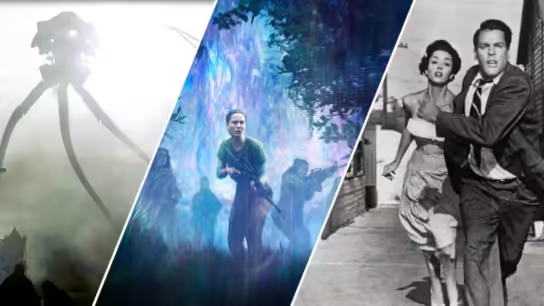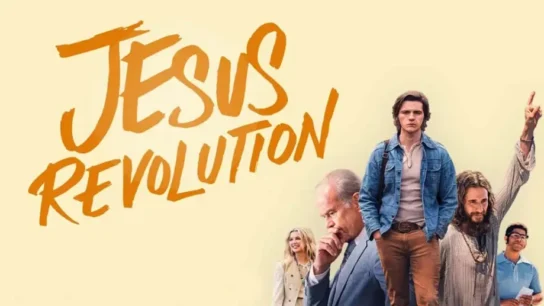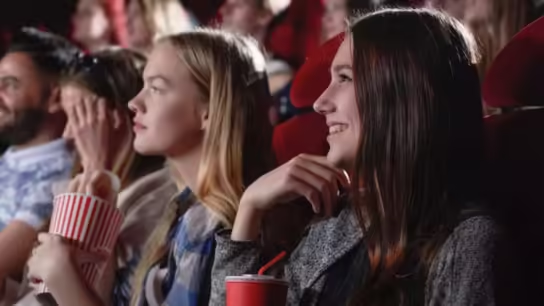Quentin Tarantino is undeniably one of the most distinctive and influential filmmakers of our time. Known for his bold storytelling, stylized violence, and memorable dialogue, Tarantino has carved out a niche in cinema that is entirely his own. From his early works to his latest projects, each film in his repertoire contributes to his legacy as a master filmmaker. Let’s take a journey through Quentin Tarantino’s filmography, exploring each movie in chronological order.
1. Reservoir Dogs (1992)
Tarantino burst onto the scene with his debut feature film, “Reservoir Dogs.” Released in 1992, this crime thriller immediately showcased his penchant for nonlinear storytelling and sharp dialogue. The film revolves around a botched diamond heist and its aftermath, delving deep into the dynamics between its ensemble cast of criminals. With its intense performances and memorable scenes, “Reservoir Dogs” established Tarantino as a filmmaker to watch.
2. Pulp Fiction (1994)
“Pulp Fiction” is perhaps Tarantino’s most iconic work. Released in 1994, this neo-noir crime film weaves together multiple interconnected stories in Tarantino’s trademark nonlinear style. Featuring an ensemble cast including John Travolta, Samuel L. Jackson, Uma Thurman, and Bruce Willis, “Pulp Fiction” garnered widespread acclaim for its witty dialogue, eclectic soundtrack, and groundbreaking narrative structure. It won the Palme d’Or at the Cannes Film Festival and solidified Tarantino’s status as a visionary director.
3. Jackie Brown (1997)
In 1997, Tarantino adapted Elmore Leonard’s novel “Rum Punch” into “Jackie Brown.” This crime thriller stars Pam Grier as the titular character, a flight attendant who becomes embroiled in a complex money smuggling scheme. With its homage to 1970s blaxploitation films, nuanced characters, and deliberate pacing, “Jackie Brown” showcases Tarantino’s versatility as a filmmaker capable of blending genres while maintaining his distinctive voice.
4. Kill Bill: Volume 1 (2003)
“Kill Bill: Volume 1” marks Tarantino’s foray into martial arts cinema. Released in 2003, this action-packed revenge thriller stars Uma Thurman as The Bride, seeking vengeance against her former allies who betrayed her. Known for its stylized violence, kinetic fight scenes, and homage to grindhouse and samurai films, “Kill Bill: Volume 1” showcases Tarantino’s love for genre filmmaking while delivering a compelling narrative driven by Thurman’s powerful performance.
5. Kill Bill: Volume 2 (2004)
Continuing The Bride’s quest for revenge, “Kill Bill: Volume 2” was released in 2004. This installment delves deeper into The Bride’s backstory and motivations while maintaining the stylish action and intricate storytelling that characterized the first volume. With its exploration of themes such as redemption and forgiveness, “Kill Bill: Volume 2” concludes The Bride’s journey in a satisfying and emotionally resonant manner.
6. Death Proof (2007)
As part of the double feature “Grindhouse,” Tarantino directed “Death Proof,” released separately in 2007. This exploitation thriller follows a psychopathic stuntman who uses his “death-proof” car to murder young women. Drawing inspiration from 1970s slasher films and car chase movies, “Death Proof” is a visceral homage to B-movie aesthetics, featuring intense action sequences and strong performances from its female leads.
7. Inglourious Basterds (2009)
“Inglourious Basterds,” released in 2009, is Tarantino’s revisionist war film set during World War II. The plot follows a group of Jewish-American soldiers led by Lt. Aldo Raine (Brad Pitt), on a mission to assassinate Nazi leaders. Featuring Christoph Waltz in an Oscar-winning performance as the charmingly sadistic SS officer Hans Landa, “Inglourious Basterds” blends historical fiction with Tarantino’s trademark dialogue and tension-building sequences.
8. Django Unchained (2012)
“Django Unchained” marks Tarantino’s exploration of the Western genre. Released in 2012, this epic revenge tale stars Jamie Foxx as Django, a freed slave who partners with a German bounty hunter (Christoph Waltz) to rescue his wife from a brutal plantation owner (Leonardo DiCaprio). Known for its unflinching portrayal of slavery, dynamic performances, and Tarantino’s blend of homage and subversion of Western tropes, “Django Unchained” garnered critical acclaim and multiple awards.
9. The Hateful Eight (2015)
“The Hateful Eight,” released in 2015, is a claustrophobic Western mystery set in post-Civil War Wyoming. The film revolves around a group of strangers who seek refuge during a blizzard but soon become embroiled in deception and betrayal. Featuring an ensemble cast led by Samuel L. Jackson, Kurt Russell, and Jennifer Jason Leigh, “The Hateful Eight” explores themes of justice, mistrust, and retribution against the backdrop of a snow-covered frontier.
10. Once Upon a Time in Hollywood (2019)
Tarantino’s most recent film as of 2024, “Once Upon a Time in Hollywood,” is a love letter to 1960s Los Angeles. Released in 2019, this comedy-drama stars Leonardo DiCaprio as a fading TV star and Brad Pitt as his stunt double, navigating the changing landscape of Hollywood. Blending fiction with real-life events, Tarantino explores themes of nostalgia, celebrity culture, and the end of an era in this poignant and visually stunning film.
Conclusion
Quentin Tarantino’s filmography is a testament to his cinematic vision and storytelling prowess. Each of his movies, from the gritty crime dramas to the stylized genre films, showcases his unique blend of homage, innovation, and artistic expression. Whether you’re a longtime fan or discovering his work for the first time, exploring Quentin Tarantino’s films is a journey through some of the most distinctive and influential movies of contemporary cinema.





